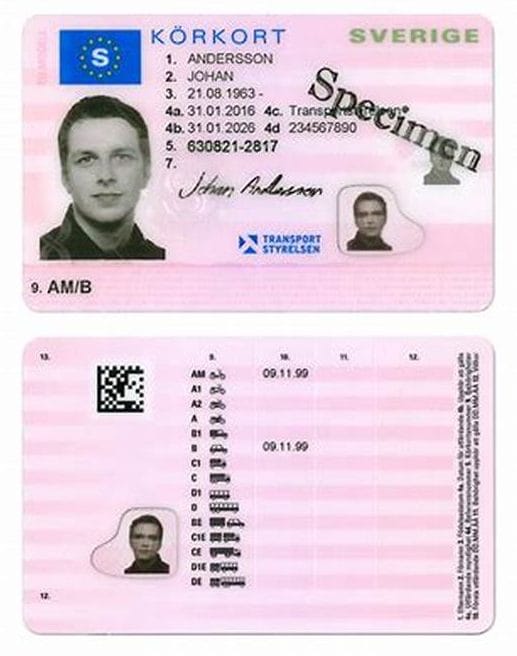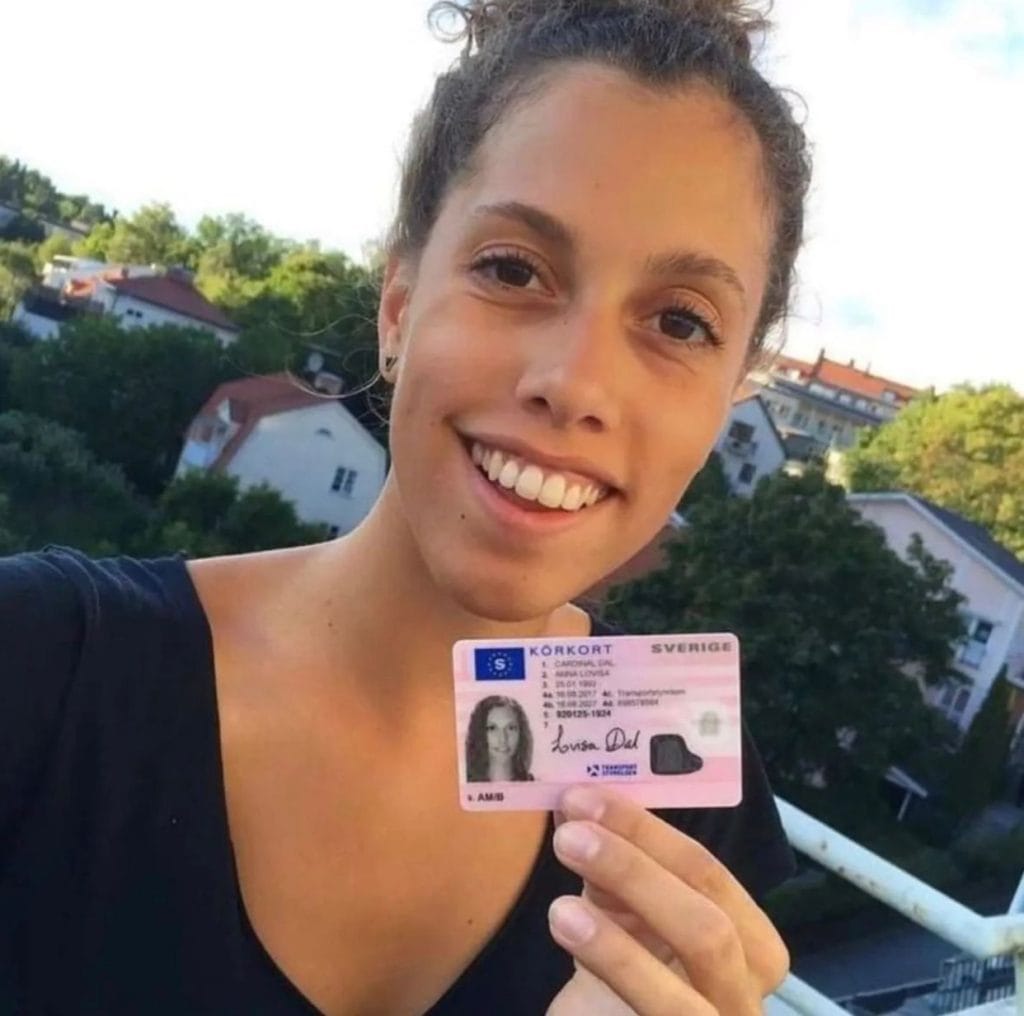A Step-By-Step Instruction For Buy A1 Driving License
페이지 정보

본문
The Comprehensive Guide to Legally Obtaining a Driving License
Driving is an essential ability for many, offering the flexibility to take a trip where and when you desire, often making life easier and satisfying. Nevertheless, obtaining a driving license is a procedure that needs understanding, patience, and adherence to legal procedures. This guide intends to provide a detailed introduction of the steps one need to follow to legally acquire a driving license, highlighting crucial factors to consider and often asked concerns to ensure a smooth and hassle-free experience.
Understanding the Basics
Before diving into the application process, it's vital to understand the standard requirements and kinds of driving licenses available. Driving laws vary significantly from country to nation, and even within various states or provinces within the same country. Typically, there are numerous kinds of driving licenses, consisting of:
- Learner's Permit: This is typically the primary step at the same time, enabling new drivers to get experience under supervision.
- Provisionary License: Issued after passing a standard driving test, this license usually includes constraints and is a stepping stone to a full license.
- Full Driver's License: Once all the essential requirements are satisfied, motorists can obtain a full license, which provides complete driving advantages.
- Industrial Driver's License (CDL): Required for those who wish to run business automobiles, such as trucks or buses.
Actions to Obtain a Driving License
1. Research Study Local Driving Laws
The primary step in obtaining a driving license is to research the particular requirements in your location. Go to the main website of your local Department of Motor Vehicles (DMV) or comparable company to find detailed information about the licensing procedure, consisting of age limitations, needed files, and fees.
2. Prepare Required Documentation
Each jurisdiction has its own set of documents that must be sent to get a driving license. Frequently needed documents consist of:
- Proof of Identity: A passport, birth certificate, or state-issued ID.
- Proof of Residency: Utility bills, lease arrangements, or other official files that confirm your address.
- Social Security Number (if appropriate): In some countries, a social security number or equivalent is needed for recognition.
- Vision Test Results: Some places require a vision test before issuing a student's authorization or license.
3. Take a Driver's Education Course
Numerous states and nations require new drivers to finish a driver's education course. These courses are developed to teach the guidelines of the road, traffic laws, and safe driving practices. They can be completed online or in a classroom setting and frequently consist of both theoretical and useful components.

4. Make an application for a Learner's Permit
When the required documents is prepared and the driver's education course is finished, the next action is to obtain a student's authorization. This usually involves checking out the DMV or sending an application online. You will likewise need to pass a written test that covers traffic laws and driving knowledge.

5. Practice Driving
With a student's license, you can begin practicing driving under the guidance of a licensed adult. This is a vital action in building your confidence and skills behind the wheel. It's likewise crucial to gain experience in various driving conditions, such as night driving, highway driving, and driving in severe weather.
6. Schedule and Pass the Driving Test
After getting sufficient driving experience, you can arrange a driving test with the DMV. The test will assess your ability to safely run a vehicle and follow traffic laws. You will require to bring an effectively signed up and insured car to the test, and the examiner will examine your driving abilities on a fixed path.
7. Make an application for a Provisional License
If you pass the driving test, you will generally get a provisionary license. This license might feature restrictions, such as a curfew or a limitation on the number of passengers you can have in the vehicle. These restrictions are developed to decrease the threat of accidents and falskt körkort sverige assist new motorists adjust to the roadway.
8. Update to a Full License
When you have actually held a provisionary license for the required duration and met any additional requirements, you can upgrade to a full driver's license. This process normally includes an easy application and might require a retest or additional documentation.
Tips for a Successful Application
- Start Early: Begin the process as quickly as you fulfill the age requirement to offer yourself adequate time to prepare.
- Stay Informed: Keep updated with any changes in driving laws or DMV treatments.
- Practice Regularly: Consistent practice is essential to developing confidence and enhancing your driving skills.
- Stay Calm During the Test: Anxiety can affect your efficiency, so take deep breaths and stay focused.
- Follow DMV Instructions: Pay very close attention to the instructions supplied by the DMV and the inspector throughout your test.
Regularly Asked Questions (FAQs)
Q: What is the minimum age to make an application for a student's permit?
A: The minimum age differs by jurisdiction. In the United States, it normally varies from 15 to 16 years of ages. In the UK, the minimum age is 17. Inspect your regional DMV website for specific details.
Q: Can I get a driver's license online?
A: Some jurisdictions allow you to complete parts of the application procedure online, such as completing forms and scheduling tests. Nevertheless, you will generally require to visit a DMV office in person to submit needed documents and take the driving test.
Q: What happens if I fail the driving test?
A: If you stop working the driving test, you can usually retake it after a certain duration. This period varies by area, but it is frequently a couple of weeks. It's a good idea to practice more before retaking the test to enhance your chances of success.
Q: Can I drive alone with a learner's license?
A: No, a student's license generally requires you to be accompanied by a licensed adult, usually over 21 years of ages, who is seated in the front guest seat.
Q: Is a vision test required to get a driving license?
A: Yes, the majority of jurisdictions require a vision test to ensure that you can securely operate a lorry. You can typically take this test at the DMV or with an authorized eye doctor.
Q: How long does it take to get a full driver's license?
A: The time required to get a full driver's license differs depending upon your jurisdiction and the particular steps involved. Typically, it can take a number of months, consisting of the time required to finish a driver's education course, hold a learner's authorization, and pass the driving test.
Q: Can I use a provisionary license to drive for work?
A: It depends on the constraints put on your provisional license. Some provisional licenses permit you to drive for work, while others may have specific constraints. Check your license for information or contact the DMV for explanation.
Q: What is the difference in between a student's license and a provisional license?
A: A student's license is the first phase of the licensing procedure and permits you to drive just under supervision. A provisional license, on the other hand, grants you more driving opportunities but may still have some constraints, such as a curfew or guest limits.
Q: Can I look for an industrial driver's license (CDL) without a complete driver's license?
A: No, you usually require a full driver's license before requesting a CDL. A CDL is a customized license that requires additional training and testing, and it is just provided to those who have demonstrated the capability to securely operate a basic vehicle.
Q: What should I do if I lose my driving license?
A: If you lose your driving license, you must report it to the DMV and request a replacement. You may require to provide evidence of identity and pay a charge. It's likewise an excellent concept to alert your insurance provider and any other pertinent parties.
Getting a driving license is a substantial milestone that opens up new opportunities and increases self-reliance. By following the steps laid out in this guide and remaining informed about regional laws and requirements, you can ensure a smoother and more effective licensing process. Bear in mind that driving is a serious obligation, and making the effort to find out and practice is vital for your security and the safety of others on the road.
- 이전글창원 러브약국 【 vcqQ.top 】 25.06.30
- 다음글Five Killer Quora Answers To Double Glazing Prices 25.06.30
댓글목록
등록된 댓글이 없습니다.

